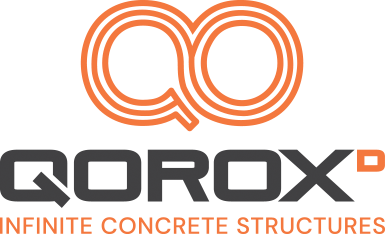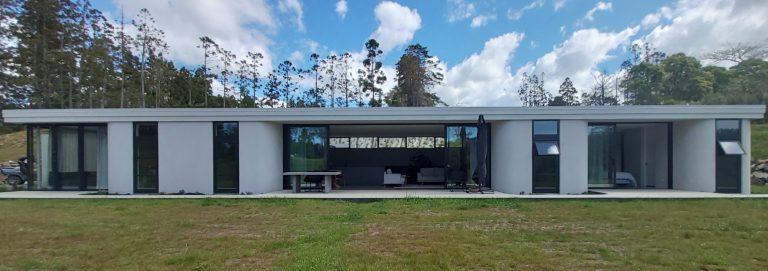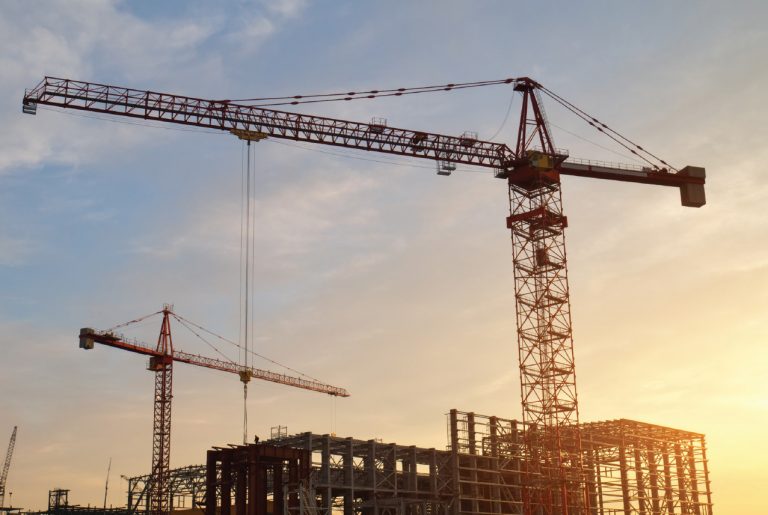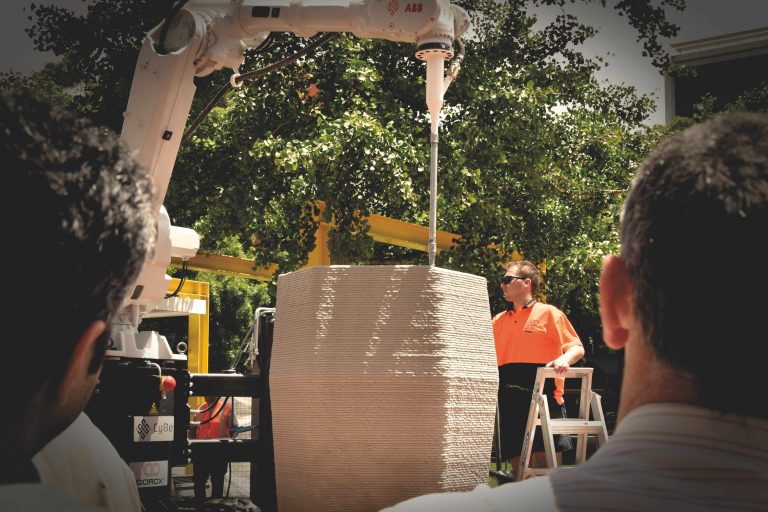
At a glance
- Waikato-based startup QOROX is the first in the Southern Hemisphere to undertake commercial 3D concrete printing.
- 3D printing of concrete can offer advantages over traditional construction methods, including speed, durability and affordability; it also offers environmental benefits including lower carbon emissions and less waste.
- Partnering with a technology provider in the Netherlands, QOROX’s R&D arm XD Innovations (XDi) is adapting the 3D printing technology for the NZ market.
- As part of its research, XDi is developing a concrete mix made predominantly from locally sourced materials. Future R&D will focus on developing a 100% locally sourced mix, and incorporating waste materials as aggregate
A Hamilton-based business has become the first in the Southern Hemisphere to undertake commercial 3D printing in concrete.
On Wednesday (18 November), construction industry startup QOROX launches a partnership with Hamilton City Council, which will see the business print bespoke concrete landscaping features for the local authority. It’s also launching its services on Friday (20 November) in Auckland.
The QOROX launch is the result of earlier extensive work by the business’s R&D arm, XD Innovations (XDi), which was founded by Wafaey Swelim in 2018 to commercialise 3D concrete-printing technology on our shores.
A construction industry professional for more than 20 years, Swelim has worked on substantial projects in Egypt, Dubai, China and NZ, where he settled with his Kiwi wife in 2015.
While working in the NZ construction industry he observed unique challenges – in particular, our high building standards due to seismic issues; slow adoption of new technology due to our small market; and high demand in residential and commercial construction.
In addition, the construction industry faces a number of environmental challenges. According to the NZ Green Building Council, NZ’s built environment accounts for 20% of our carbon footprint, with concrete, which requires substantial energy to produce, a major contributor.
“In the construction industry I could see that we’ve been doing the same things for decades, but expecting things to change and for productivity to improve,” says Swelim.
“At the same time I could see this 3D concrete-printing technology developing overseas, so I thought, ‘why can’t we take advantage of this to overcome some of our challenges in NZ?’”
3D printing concrete offers substantial advantages over traditional construction methods, such as the ability to build 75% faster, with 70% less waste and 40% less carbon emissions and at a competitive cost.
R&D investment amps up
After researching suppliers, XDi last year signed a partnership agreement with Netherlands-based CyBe Construction – which produces hardware, software and other materials for 3D concrete printing – for the NZ rights to CyBe’s technology.
However, applying a relatively nascent technology to a new market is not as simple as buying it off the shelf, and Swelim has had to invest heavily in R&D to get to the point of commercial launch. This has included testing the technology in NZ to ensure it complies with NZ building standards.
The right connections
To help him connect with the right people and organisations through this process, and since XDi’s 3D printing robot landed in NZ this year, Swelim engaged with the NZ Product Accelerator – a Callaghan Innovation programme that connects industry with research expertise and solves industry problems.
XDi recently gained a Callaghan Innovation Project Grant, which it’s using to further its R&D to adapt the technology for the NZ market. For example, currently the robot prints using a concrete mix made entirely from imported materials. However, XDi is aiming to create a mix made predominantly from locally sourced materials, which will perform as least as well as the imported mix.
While the development of this IP aims to help increase the availability, affordability and sustainability of the printed product, XDi anticipates it could also help create related businesses in the supply chain, such as suppliers of raw materials. One potential idea is to partner with iwi or other Māori organisations to access and use volcanic ash as part of the mix.

“Accessing the Callaghan Innovation Project Grant has helped us immensely with accelerating that adaptation of the technology,” says Swelim. “One of the biggest challenges with startups is funding, but also getting people to see the potential in a new technology. Callaghan Innovation has helped a lot in terms of understanding the market pain points, as well as seeing the potential of this technology to tackle those challenges.”
XDi also accessed a Callaghan Innovation R&D Experience Grant to support an Auckland University structural engineering student to undertake Master’s research around 3D concrete printing.
Callaghan Innovation Business Innovation Advisor Nick Sterling says the agency is currently home to NZ’s only research capability in cement, as part of its R&D Solutions division. XDi is one of a growing cluster of local CleanTech construction businesses undertaking R&D to lower the carbon content of cement that the agency supports, he says.
“Concrete 3D printing has been identified as one of top-10 global disruptive technologies, and it’s fantastic to see a NZ construction business boldly adapting this technology to take it to market here first and then to international markets,” says Sterling. “We’re supporting the business to grow and scale its impact, with future R&D programmes being planned.”
Callaghan Innovation has also connected XDi to other innovative construction businesses in NZ for collaboration, as the technology enables greater design freedoms.
Swelim says as a first mover in the NZ market, XDi is focused on R&D to maintain its competitive advantage. Potential future opportunities include developing a concrete mix that’s 100% sourced from local materials, and also incorporating waste materials, such as shredded waste plastic or rubber, or crushed glass as an aggregate.
Swelim’s vision is to expand into Australia and Pacific island nations, which he says have similar construction processes and recognise NZ’s’s high building standards.
“At the moment, I’m just a guy in Hamilton with a robot – but this is just the beginning. The potential for this technology to disrupt and grow the industry is huge.”



